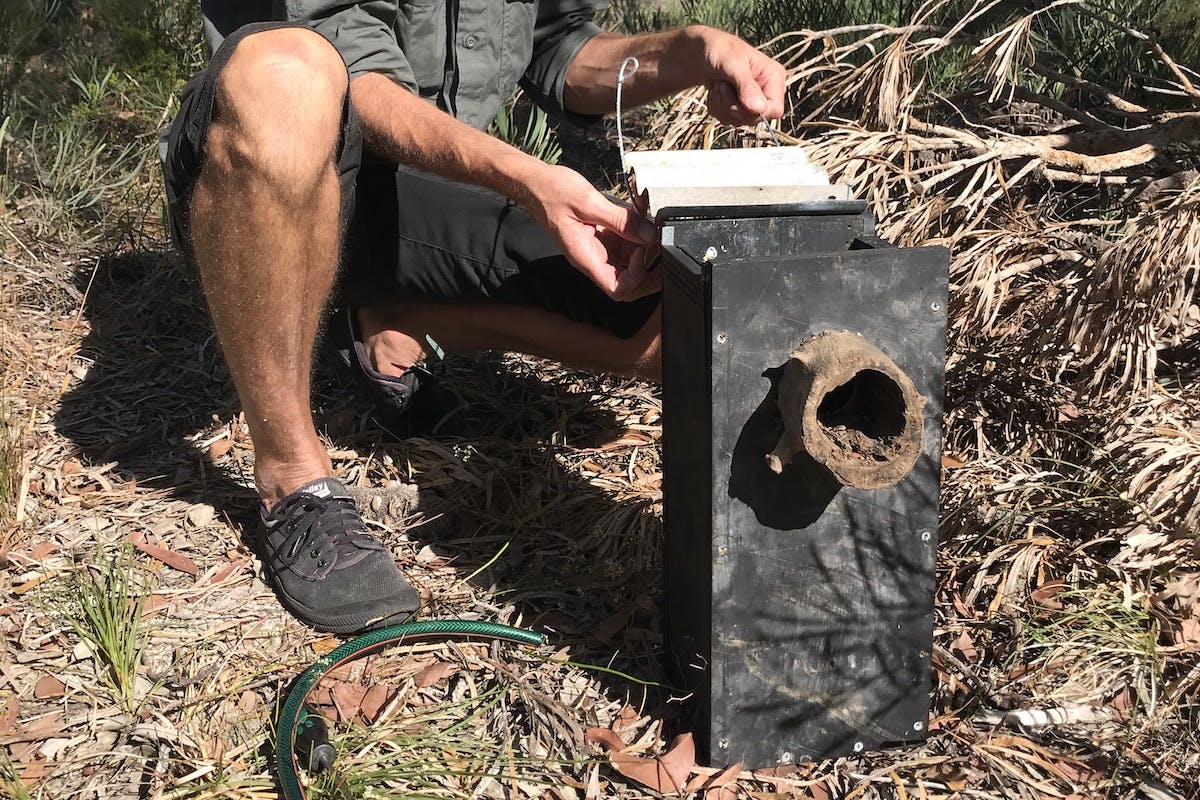25 wildlife nesting boxes to be installed along power infrastructure around Perth and Peel

If there’s one thing Perth has become infamous for over the decades its been our rather aggressive urban sprawl, so it’s always nice to hear about a little bit of good news for the fauna this impacts.
Western Power have just announced they’ll be installing 25 nesting boxes on infrastructure throughout the Perth and Peel region in an effort to create some additional shelter for a variety of local fauna including birds and marsupials.
The project is a collaboration with The Re-Cyc-Ology Project in Mundaring, and will include live-feed cameras fixed to four of the boxes plus regular monitoring to assess the boxes’ effectiveness.
The Re-Cyc-Ology Project is a small family business focused on constructing, installing and monitoring long-lasting artificial tree hollows AKA nest boxes, who also run hands-on workshops to help others create them.
“Natural cavities in trees that can be used as habitat can take many years to form, so are often rare or absent in developed areas,” said Western Power Environmental, Safety and Planning Assessments Team Leader James Widenbar.
Subscribe to our free newsletter!
“A number of depots and terminals under Western Power’s control have known native fauna within their areas including Carnaby’s, Forest Red-tailed and Baudin’s cockatoos, native bees, ducks, wallabies, skinks and phascogales – while some sites border conservation areas.”
There are six different designs based on the types of animals recorded in different areas, including being suitable for small and large mammals and parrots.
“These nesting boxes will be regularly monitored as most have been installed in areas with natural habitat or where animals had been sighted, while others have been installed in locations where no animals were identified, in the hope of aiding in the detection of new communities of local fauna,” Widenbar added.
“Monitoring is important as boxes that become home to pest species or which aren’t used can then be relocated to other sites to better support local fauna… This will also enable us to potentially install more boxes if vulnerable or threatened species like black cockatoos are found to be using them successfully.”
Image Credit: Supplied